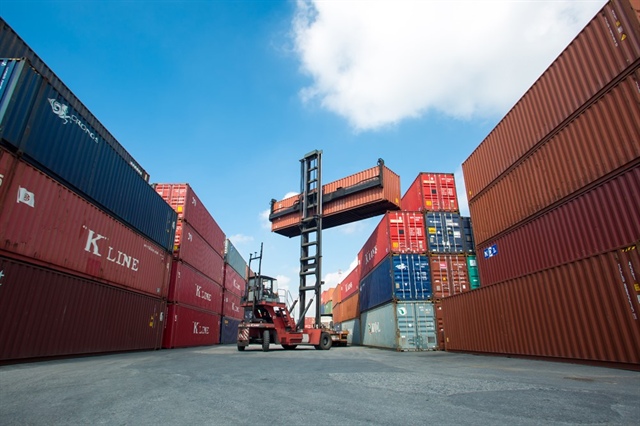GE to drive wave of solar investment in Vietnam
GE to drive wave of solar investment in Vietnam
As the world in general and Vietnam in particular are seeing strong increases in power demand, coupled with the growing complexity of requirements on safety and sustainability, the prospects of solar power producers all over the world are looking bright.

Paul English, executive, GE Power Conversion Asia told Van Mai that GE, the world-leader in industrial power and a pioneer of green and sustainable solutions, is capitalising on this momentum with a plan to provide a complex package of essential solutions to Vietnam’s new solar investors.
Foreign investors are excited to build solar power plants in Vietnam following the issuance of Decision No.11/2017/ND-CP in April, which fixes the solar feed-in-tariff at 9.35 US cents/kilowatt-hour. What opportunities do you see for solar equipment suppliers in Vietnam?
Vietnam has a well-developed grid infrastructure, but until very recently, a lack of feed-in tariffs (FiT) held back solar development, despite the country enjoying some of the highest levels of sunshine in the world. The recent decision is essential to boost solar growth and meet the country’s burgeoning energy demand.
Through the use of technology and adapting strategies to suit customers’ growing list of requirements in not only the amount and stability of power, but in the cleanliness of its source and environmental sustainability, solar developers and suppliers are well-positioned to seize opportunities of the boom in a way that is unlikely to abate anytime soon.
Decision 11 also sets June 2019 as the deadline for solar power plants to be built and connected to the grid in order to receive the guaranteed solar FiT. What is the role of equipment and technology in promoting the general viability of these new solar projects?
Undoubtedly, technology innovation is key. In the utility-scale space, there have been huge technology leaps forward in recent years entailing the whole spectrum of system components, from PV modules (materials and cell efficiencies), solar inverters (efficiency, power, and voltage ratings), and the electrical balance of system optimisation to the stability of grid connection, with game-changing impacts on the levelised cost of electricity (LCoE), helping achieve an 85 per cent fall in the period between 2009 and 2016.
Could you share some of the advantages of GE’s technology solutions in helping solar power projects get better assessments and approval rates from local authorities?
GE was the first to bring out the 1,500-volt system solution. Building on the able experience of shipping more than 4 gigawatts (GW) of solar inverters to various destinations across the world, it enables a simplified and more-efficient solar farm infrastructure layout, while reducing the investment requirements for construction works. Compared to its 1,000v peers, GE’s inverters can reduce system costs by up to 3 per cent and save up to 15 per cent on inverter operating expenses, embodying significant savings that go towards making solar energy farms far more competitive and profitable.
Having invested in more than 10 GW of renewable projects around the world, GE’s Energy Financial Services division allows the corporation to also take on the role of an investor. While strictly keeping ownership within the bounds of minority shareholding, this dual business model ensures that customers retain control over the project while enjoying access to GE’s financing capabilities to support the project’s bankability. This not only makes it possible to implement a higher number of solar projects, it allows investing partners opportunities to avail themselves of GE’s remarkable technical know-how throughout every stage of the project – a significant added boon, considering the corporation’s leading role in the IoT and Industry 4.0 revolution.
GE supplies a diversified portfolio of advanced solar power equipment and solutions for many countries around the world. What are GE’s commitments to contributing to the Vietnamese solar power market?
In many aspects, we see that the time is right to gear up our presence in the country. In light of current developments, the solar energy industry is looking at bright prospects and the industry at large and investors stand to benefit greatly from GE’s more active participation in the installation and utilisation of our hardware and software solutions.
GE is hard at work establishing joint partnerships with local engineering, procurement, and construction contractors, bringing both financing and technology know-how to the region.
GE’s technology transfer initiative, also called the solar power island package, consists of a suite of key solar technologies, including photovoltaic panels, 1,500v inverter skids, substations, battery storage systems, and cutting-edge digital software – all created to offer solar power projects heightened efficiencies not only through improved hardware specifications, but also through digitalisation and system-wide monitoring capabilities.
A key differentiator of the solar power island package is that we will take responsibility to integrate every single piece of the key technologies referred to above into an optimised system so that customers can benefit from reduced project complexity and risks as well as increased system reliability and availability.




















